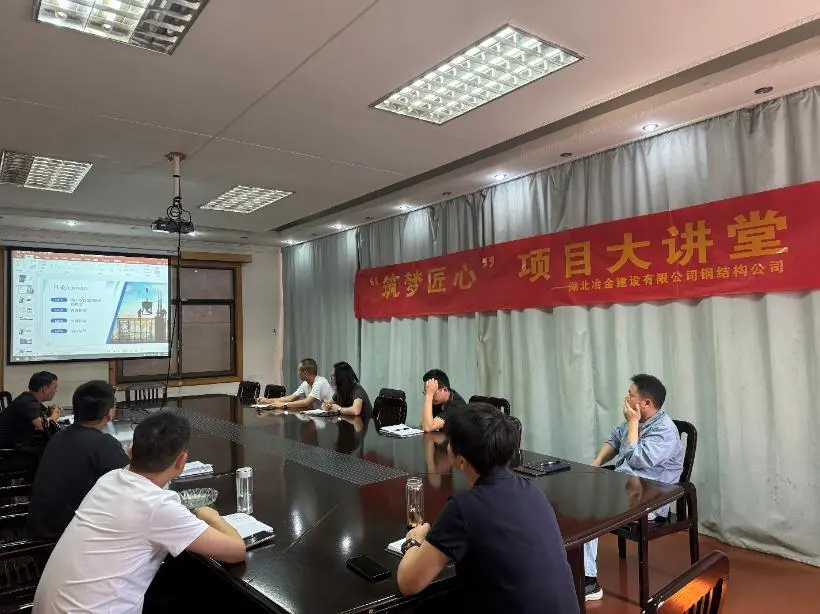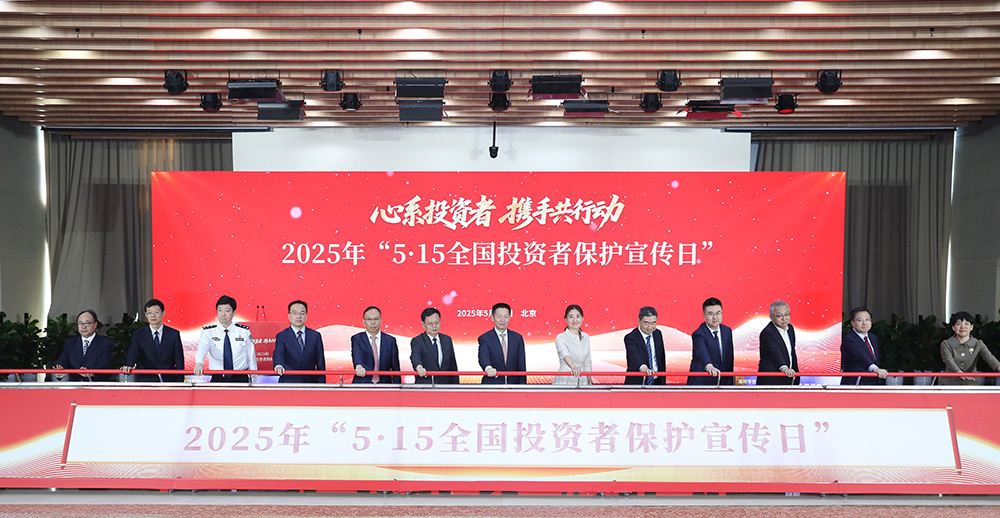
News Center
The development of lithium battery product technology will show the following trends
2020-08-10
(1) Lithium cobalt oxide will gradually be replaced by ternary materials. Ternary materials combine the advantages of lithium cobalt oxide, lithium nickel oxide, and lithium manganese oxide, and have a price advantage. Although Tesla's first model, the Roadster, used 18650 lithium cobalt oxide batteries, its second mass-produced model, the Model S, used Panasonic's customized ternary material batteries, namely nickel-cobalt-aluminum ternary cathode material batteries. The high cost of lithium cobalt oxide batteries is clearly demonstrated in the comparison between Tesla's two models. The Model S utilizes over 8,000 battery cells — more than 1,000 additional cells compared to the Roadster , yet achieves a 30% reduction in cost. Currently, high-performance power lithium batteries using NCM ternary materials are already in large-scale use abroad, but Chinese companies have yet to launch mass-produced products.
(2) The proportion of lithium manganese oxide will increase. Compared with lithium cobalt oxide cathode materials, lithium manganese oxide has the advantages of abundant raw materials, low price, and non-toxicity.Layered lithium manganese has limitations as a cathode material for lithium-ion batteries: despite its high capacity, it suffers from structural instability at high temperatures and tends to transform into a spinel structure during charge-discharge cycles, triggering rapid capacity fade.The application of lithium manganese oxide materials is concentrated in the consumer battery market, mainly electric bicycle batteries.
(3) Lithium iron phosphate (LFP) still has significant potential for technological advancement.The low-temperature performance and rate discharge of lithium iron phosphate cathode materials have already reached the level of lithium cobalt oxide, and it is currently also a promising power battery material. However, due to technical bottlenecks, lithium iron phosphate batteries have low consistency and unit energy density. In China, relatively mature lithium iron phosphate energy storage systems already exist, but the current development of China's lithium iron phosphate material industrialization is still lower than that of developed countries.
In the field of cathode material industry for power batteries, Chinese, Japanese, Korean, and American power battery companies adopt different material systems; Chinese companies mainly use lithium iron phosphate, while Japanese and Korean companies mainly use lithium manganese oxide and ternary materials. It is predicted that by 2015, the proportion of ternary materials in cathode materials will increase to 35%, the proportion of lithium manganese oxide will increase to 30%, and lithium cobalt oxide will decrease to 25%.
Previous Page:
2020 /
08-10
Category:
Industry News






